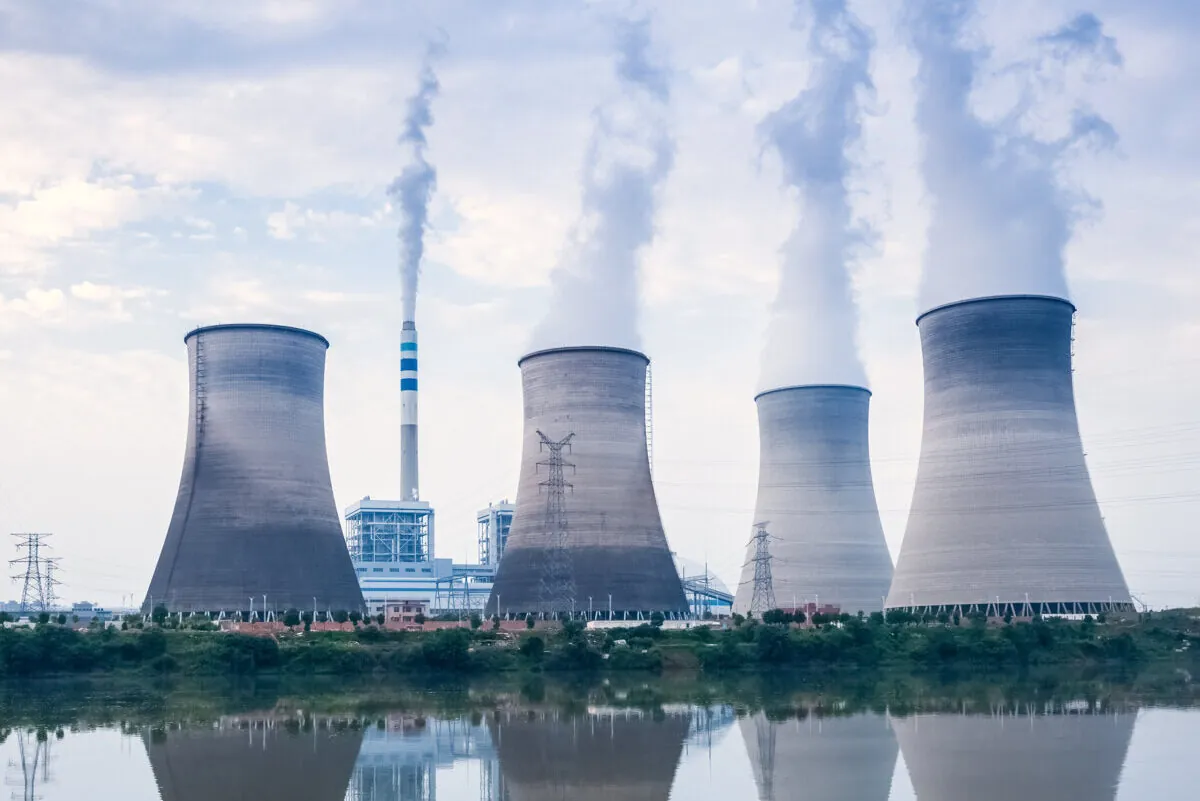The Japanese government and industry are championing co-firing of ammonia in coal-fired power plants as a supposed climate mitigation solution. This approach promotes uncertain future technology options with limited feasibility, while delaying the clear-cut policy actions required now to phase out coal power plants. Ammonia co-firing in coal plants is inconsistent with pathways to keep global temperature rise below 1.5 °C. It risks undermining the clean energy transition in Japan and Southeast Asian countries.
This briefing gives an overview of the detrimental climate and economic impacts of co-firing ammonia with coal for electricity generation. It identifies the arguments used by pro-coal interests to promote the technology and provides recommendations for robust response.
The focus on ammonia co-firing is the latest stage of Japan’s long-term promotion of so-called “clean coal” technologies. These benefit Japanese industry interests by establishing new markets for technology exports and justifying the lifetime extension of existing coal power plants.
Japan’s promotion of ammonia co-firing risks delaying the necessary coal phase-out and the deployment of existing commercialised and scalable zero-emissions options, including wind and solar. The policy focuses on incremental emission reductions and may extend the operational lifetime of coal plants and increase their life cycle emissions. This is especially true considering the absence of firm policies to impose emission reductions or close coal plants in Japan.
Ammonia co-firing is furthermore unlikely to help Japan improve its energy self-sufficiency by reducing its heavy reliance on imported fossil fuels for power generation. Due to the high price of domestic ammonia production, Japan would still need to depend heavily on imports.
The briefing makes the following headline recommendations:
- Ammonia co-firing should not be considered an effective emission abatement technology.
- Governments should act early to rule out ammonia use in co-firing with coal.
- If countries still pursue the approach despite the risks, any consideration of ammonia co-firing must be aligned with the Paris Agreement goal of limiting warming to 1.5 °C, as has also been highlighted by the G7. This should include an assessment of the lifetime emissions from coal power plants and the life cycle emissions of ammonia production, transport and storage.
- Co-firing should be excluded from the scope of multilateral financing tools for the power sector.
- Governments should cooperate to strategically prioritise the use of green ammonia for those sectors where it can have the greatest climate benefit, such as to decarbonise fertiliser production. Promoting ammonia for co-firing puts pressure on the ammonia supply chain, and risks slowing down emissions reduction in other sectors.
- Governments should work together to establish robust carbon intensity standards for the production and use of ammonia, incorporating full life cycle emissions.
See also our explainer for a brief overview of what ammonia co-firing is and its limitations and risks as a decarbonisation strategy.
アンモニア混焼とは何か、脱炭素戦略としての限界とリスクについては、解説記事 (日本語)もご参照ください。


